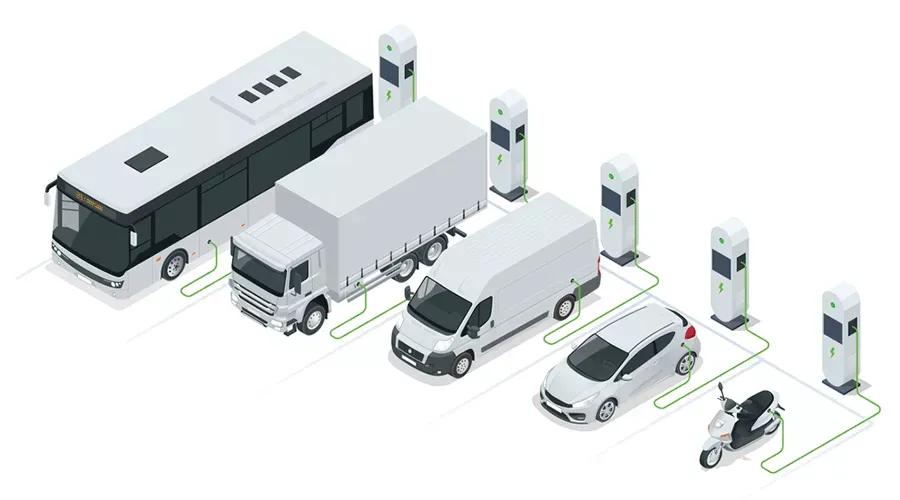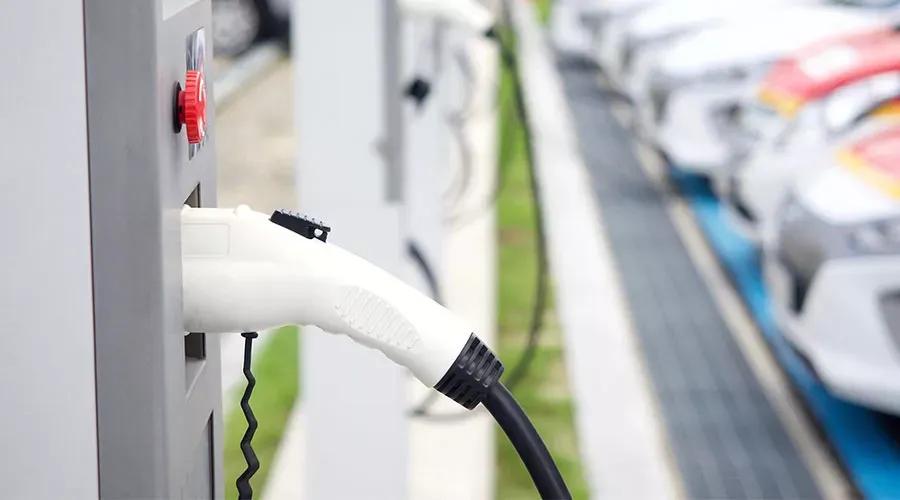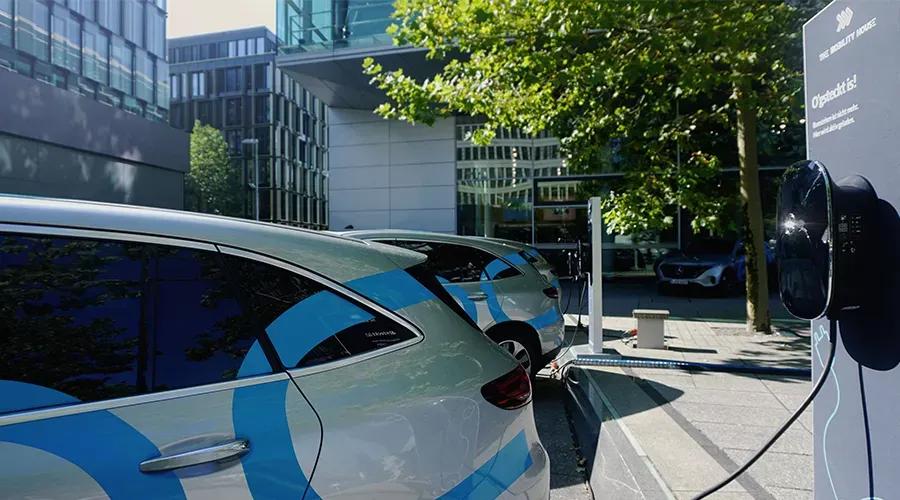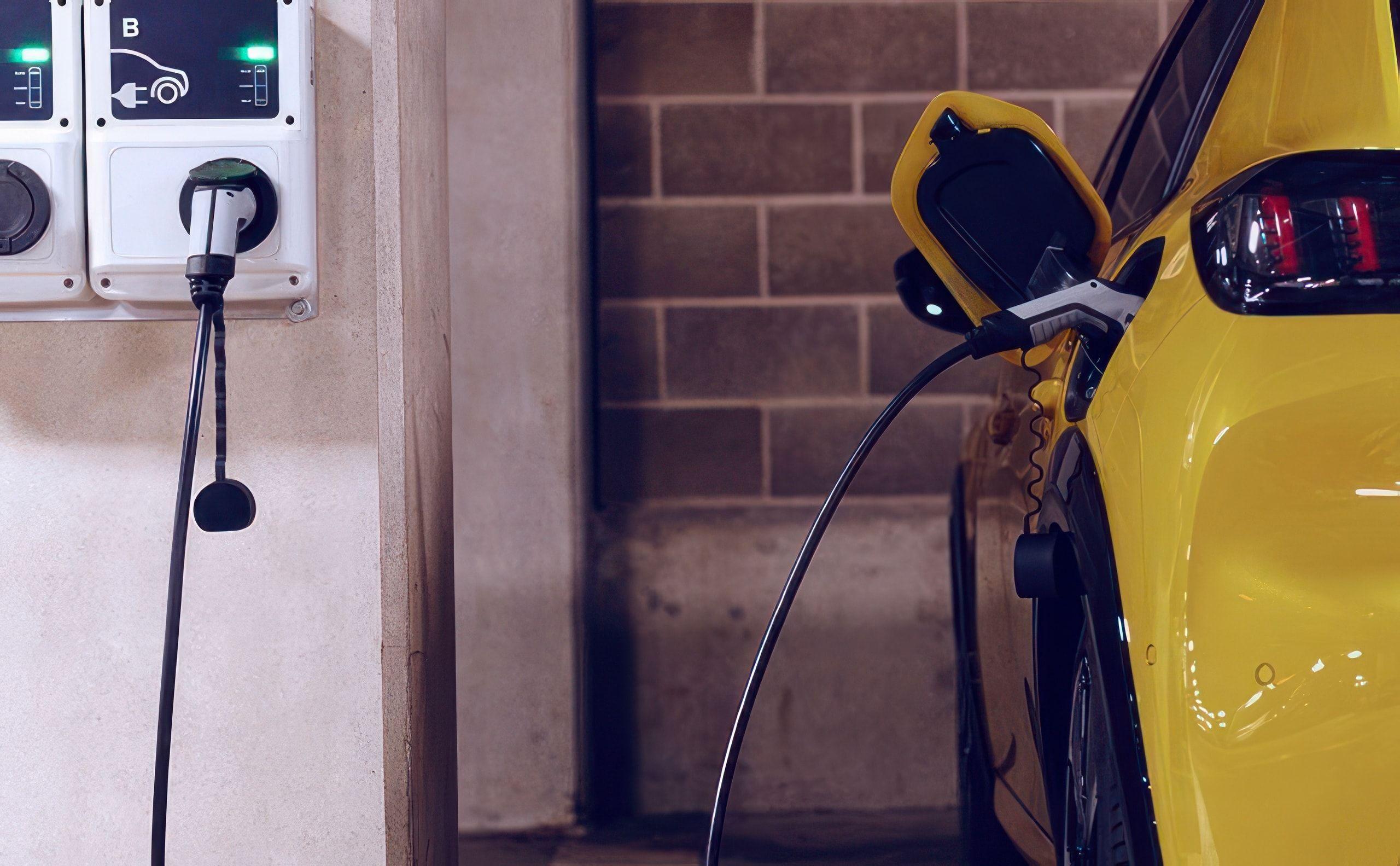Thank you for your download
You're almost done!
Then these are the next steps:
We've just sent you an email.
This will confirm your email address. Cant' find our email your inbox? Please also check your spam folder.
You have successfully submitted your contact information. After this step we will send you an email with the download link for our whitepaper.
We will send you an email with the download link for our whitepaper shortly.
We are happy to share our smart charging expertise! Our EV fleet charging and energy management content library contains materials to help you along your electrification journey, wherever you may be.

Blog
Local vs. cloud-based charging systems: The advantages and disadvantages of the two solutions – and how to combine themFrom a number of 5 to 10 electric vehicles, intelligent control of the charging processes is necessary in most cases to avoid unnecessary expansion of the existing grid connection or increased power charges to grid operators.
_bf88dff1a400698f7643c1b1269c1bac.jpg&w=3840&q=75)
Blog
Charging and energy management system - hub-satellite vs. open systems: how to find the best charging solution for multiple electric carsElectric cars are experiencing a boom, a fact confirmed by the new vehicle registration statistics, which show electric cars accounting for 20%. And for good reason: in vehicle fleets, for example, electric cars show their strengths particularly well, as they bring both economic and ecological benefits. For companies, this has a positive impact on both the annual balance sheet and how the company is perceived from the outside. As the company’s electric vehicles are often charged directly on site, fleet managers have to take on various new responsibilities, such as planning and managing suitable charging infrastructure and selecting a proper system for the intelligent control of charging processes. Here, too, the variety of options makes progress clear - be it so-called hub-satellite solutions or open systems.
The same applies for home and property owners: more and more private individuals are also buying electric cars and they would naturally prefer to be able to charge them at their own parking space. For some time now, tenants and owners of condominiums have had a statutory right to a wallbox at home, and accordingly the topic of electric mobility can no longer be avoided.

Blog
Electric mobility in company fleets: what to keep in mind when switching to electric carsThe topic of electric mobility in company fleets is becoming increasingly important: while the share of electric cars was still below the 1% mark toward the middle of the previous decade, it is now on the brink of hitting the 10% mark—and is set to increase very significantly in the coming years. According to the e-mobility Monitor 2020 study, 56% of all fleet operators in Germany are planning to invest in electric vehicles in the years 2021 and 2022.
As having a fleet generally involves having to charge multiple vehicles in parallel, the topic of charging infrastructure and intelligent charging plays a particularly important role. On top of this, there are a whole range of other issues that are essential when it comes to converting fleets.

Blog
Cost-effective and clever: The advantages of smart charging & energy management for electric vehicle fleetsElectric car fleets are becoming increasingly popular. This is no surprise considering they are not only clean and efficient, but, thanks to gradual synergy effects between manufacturers, as well as a wide range of subsidies, they are quite often already cheaper than conventionally powered vehicles.

Blog
Controlled charging to become mandatoryThe Mobility House already fulfilling the technical requirements of the future.